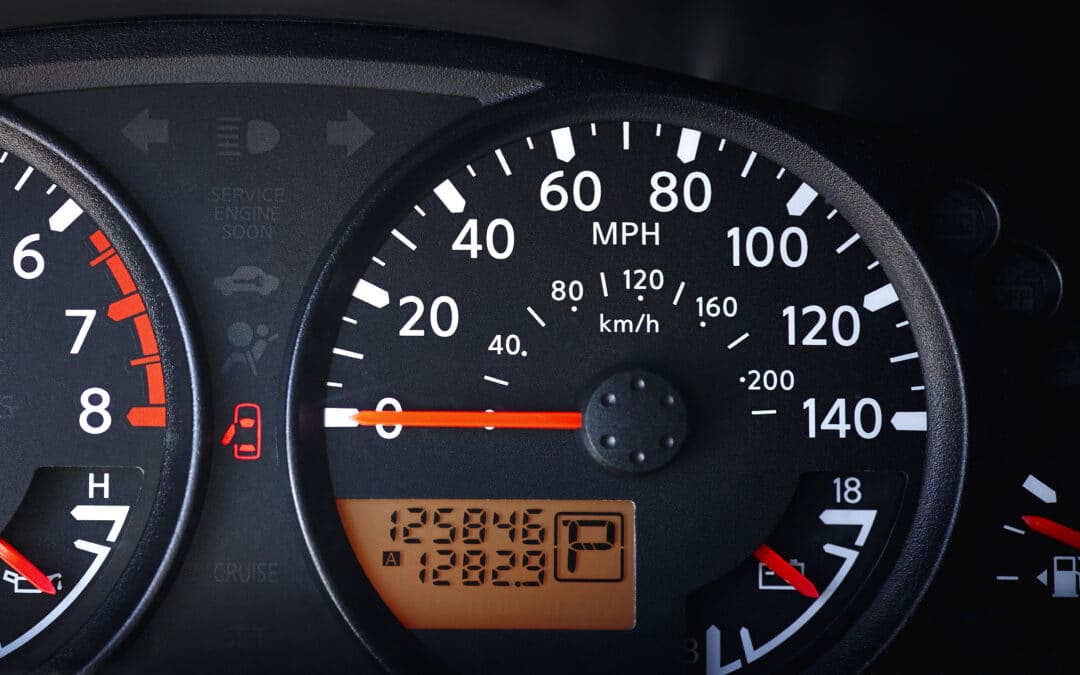If you work for yourself, deducting your driving expenses can give you significant tax savings. Learn more about the Standard Mileage Deduction here.
Working for yourself comes with lots of perks. One of them is the ability to deduct all kinds of expenses, which translates to tax savings and more money in your pocket. Here at Prime, we’re the experts in helping you find all the tax deductions you’re eligible for. Today, we’re talking about driving expenses. Specifically, we’re going to cover the Standard Mileage Deduction.
Who can take the standard mileage deduction?
Before we get into the specifics of the standard mileage deduction, let’s talk about vehicle deductions at a high level. In this article, we’re going to focus on entrepreneurs, small business owners, and others who work for themselves. But it’s important to note that even if you work full-time for an employer, you may be able to get tax-free reimbursement for driving expenses from your employer if you use your car for business purposes.
If you work for yourself and use an automobile exclusively for business, you can typically deduct 100% of the expenses related to that vehicle. If you use your car for a mix of personal and business needs, you’ll need to divide your expenses based on the mileage you actually drove.
Standard mileage deduction vs. actual expenses
There are two ways to claim expenses related to driving when you use your vehicle for your business: the standard mileage deduction and using your actual tracked expenses.
- Standard Mileage Deduction. To use the standard mileage deduction, you multiply your business miles driven by the standard rate. For 2022, there are two rates: for the first half of the year (miles driven between January 1 and June 30, 2022) the rate is $0.585 and for the latter half of the year (miles driven between July 1 and December 31, 2022) it is $0.625. The standard mileage rate covers driving costs, gas, insurance, fees, vehicle repairs and maintenance, and depreciation of your automobile, so if you choose the standard deduction path, you CANNOT deduct any of those costs separately. Using the standard mileage deduction is the easiest way to deduct vehicle expenses, as it does not require extensive record keeping. All you have to do is track your miles driven—no need to keep up with receipts and itemized expenses. Note that there are two exceptions to this “everything included” rule: parking fees and tolls. Both of these expenses can be deducted separately as they are not included in the standard mileage deduction.
- Actual Vehicle Expenses. Using your actual expenses is pretty self explanatory. You simply track all of your driving expenses throughout the year. This can be time consuming and difficult, especially for busy entrepreneurs, so many people opt to use a tax professional if they go this route.
Standard Mileage Deduction FAQs
If I start with the standard mileage deduction, can I switch to the actual expenses method in future years?
Yes – it’s often a good idea to start with the standard mileage deduction because it’s the easiest and simplest method, and it also gives you the flexibility to change methods in future years. If you start with the actual expense method, or if you switch to it in later years, you can no longer go back to the standard mileage deduction.
How do you choose which method to use?
Each method has pros and cons. If you’re looking for simplicity and less record keeping, the standard mileage method will be your best choice. There are pros and cons to each method. If you drive an expensive vehicle or one that requires more expensive repairs and maintenance, using the actual expense model can give you a bigger deduction.
How do you keep a mileage log?
To record your mileage for each trip, you will need to keep track of the following information:
- Date
- Starting and ending location
- Purpose of the business trip
- Trip-related expenses like tolls and parking fees
You can do this on a spreadsheet, on paper, or using an app like Stride Tax or MileIQ. Both of these apps will produce an annual mileage log you can submit to the IRS.

